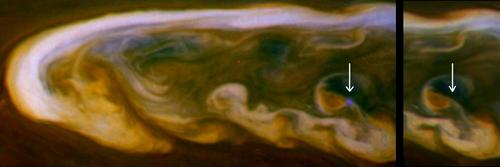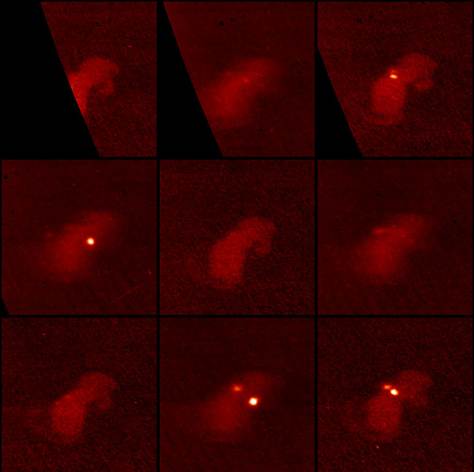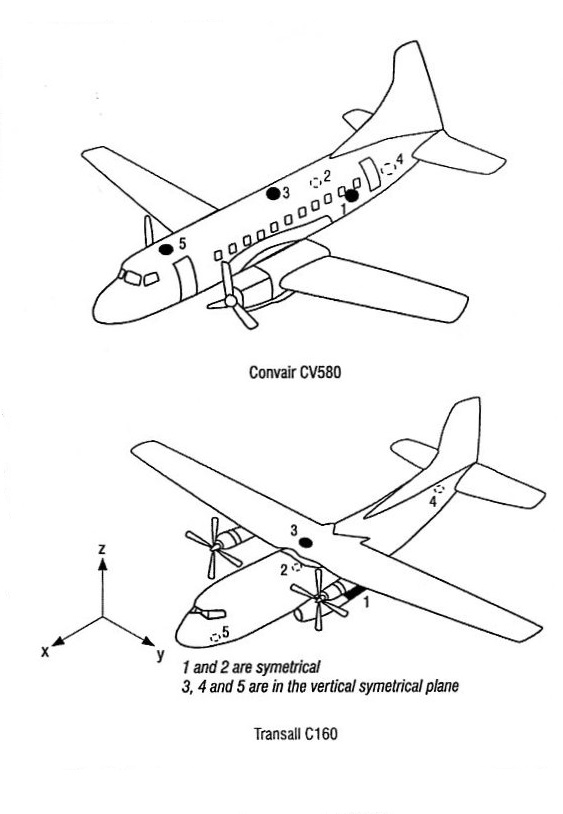

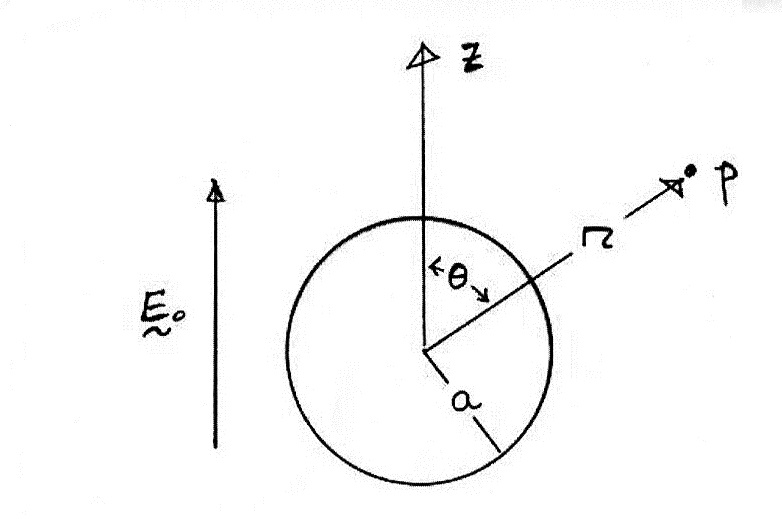

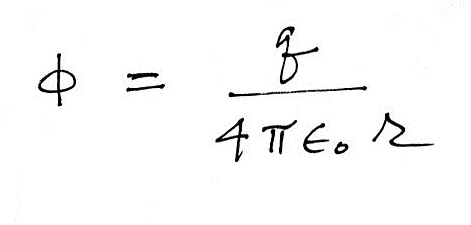


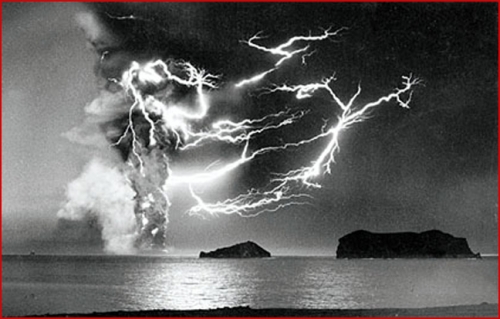
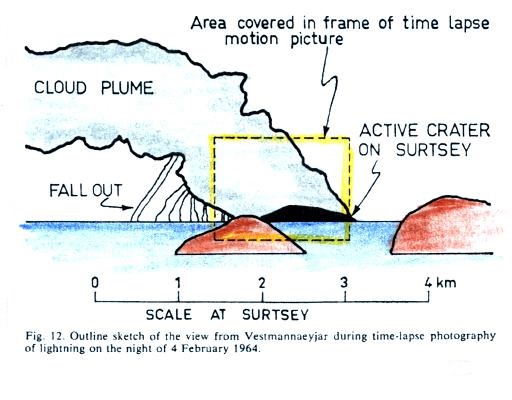 |
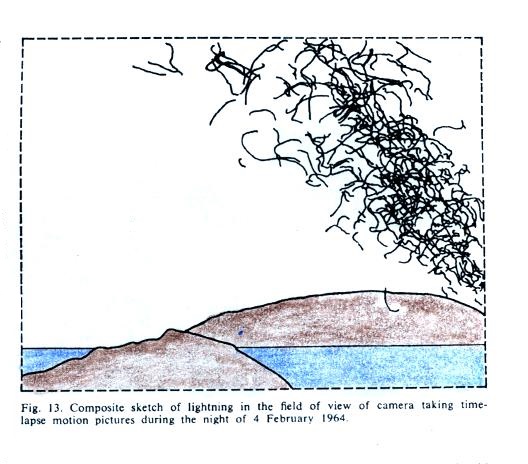 |
| Flybys |
Mariner 2 (1962); Zond1 (1964); Mariner 5
(1967) & 10 (1973); Venera 11 (1978), 12 (1978), 13
(1981) & 14 (1981); Vega 1 (1984) & 12 (1984),
Galileo (1989), Cassini-Huygens (1997) , Messenger (2004),
Ikaros (2010), and Akatsuki (2010) |
| Orbiters |
Venera 8 (1972) & 10 (1975),
Pioneer Venus 1 (1978), Venera 15 (1983) & 16
(1983), Magellan (1989), Venus Express (2005) |
| Probes |
Venera 3 (1965), 4 (1967), 5 (1969) & 6
(1969); Pioneer Venus 2 (1978) |
| Landers |
Venera 7, 8, 9, 10, 11, 12, 13 & 14; Vega
1 & 2; Pioneer Venus 2 (1978) |
| Flybys |
Dawn (2007), Mariner 4 (1964), Mariner
6 (1969), Mariner 7 (1969), Mars 2MV-4 No1, Mars 4, Mars 6,
Mars 7, Rosetta, Zond 2, Zond 3 |
| Orbiters |
Mars
Reconnaissance Orbiter (2005), Mars
Express (2003), Mars
Odyssey (2001) |
| Landers |
Mars 3 (1971), Mars Pathfinder (1996),
Phoenix (2007), Viking 1 (1975), Viking 2 (1975) |
| Rovers |
Curiosity
(2011), Opportunity
(2003), Sojourner (1997), Spirit (2003) |
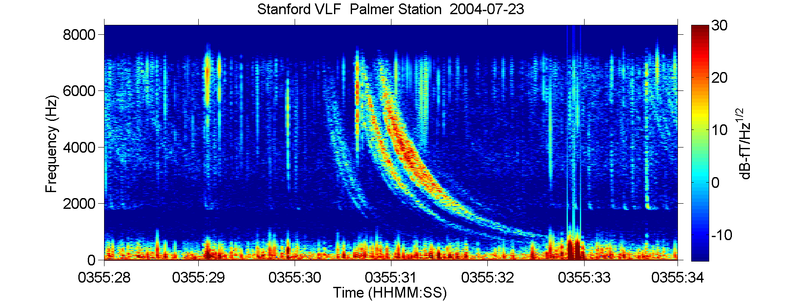
| Flybys |
Pioneer 10 (1972) & 11 (1973), Voyager 1
(1977) & 2 (1977), Ulysses (1990), Cassini (1997), New
Horizons (2006) |
| Orbiters |
Galileo
(1989) |
| Probes |
Galileo probe |
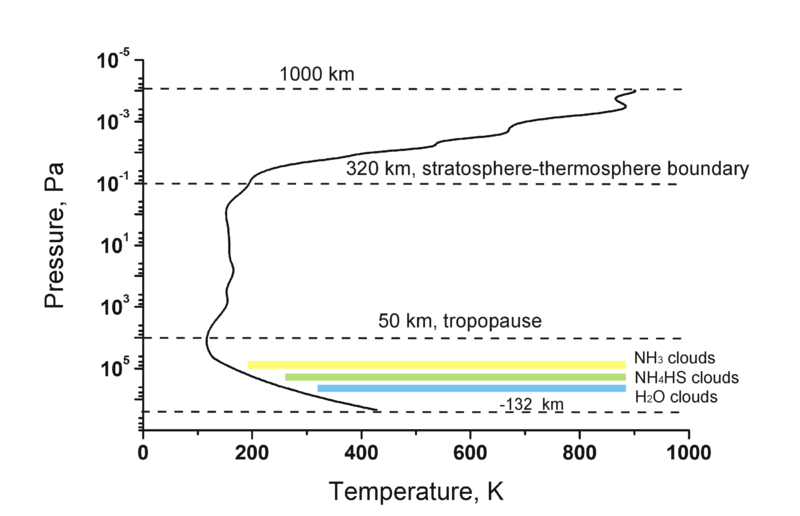
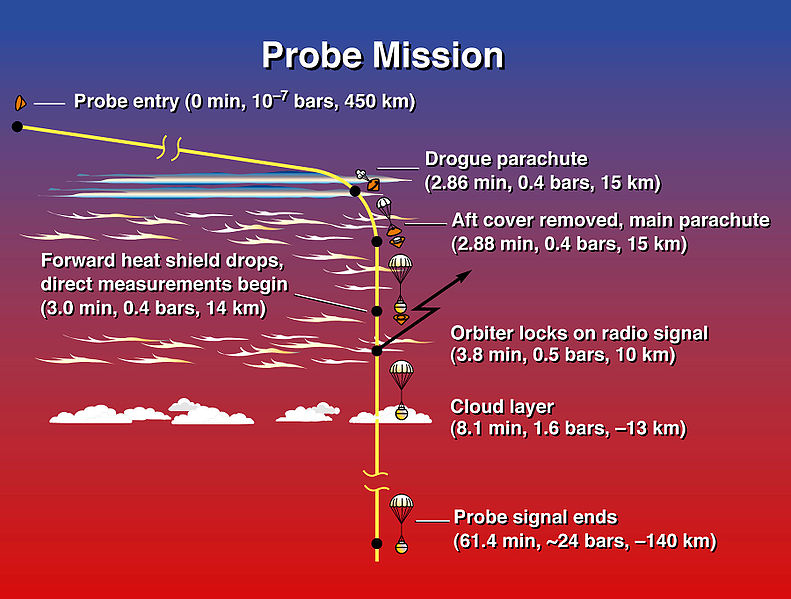
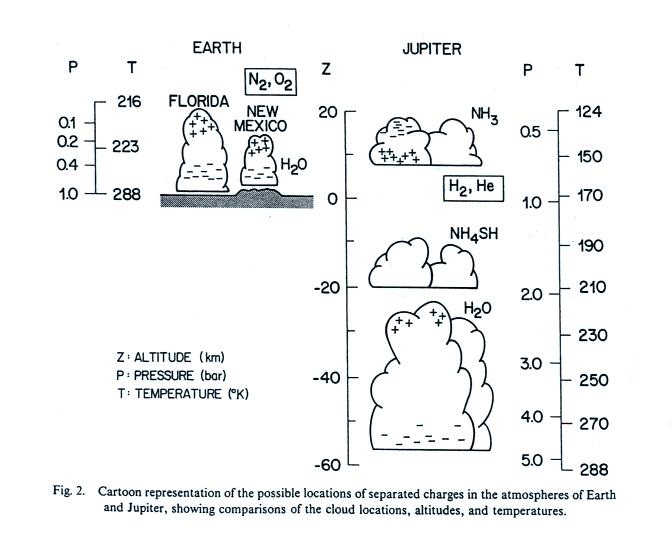
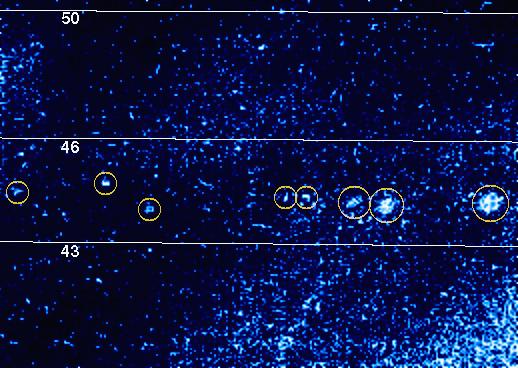
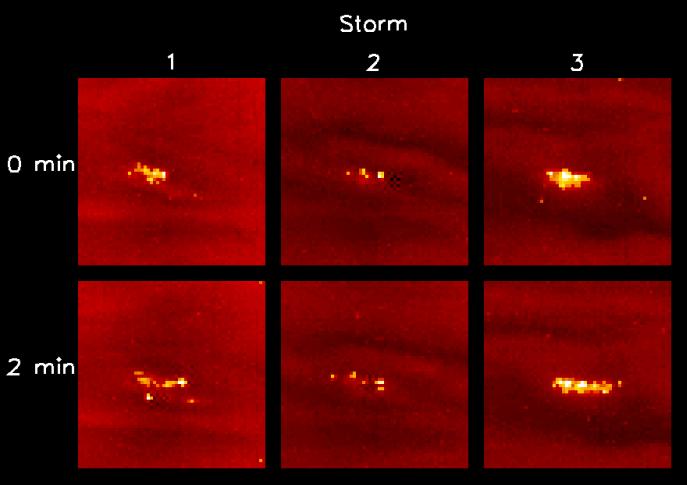
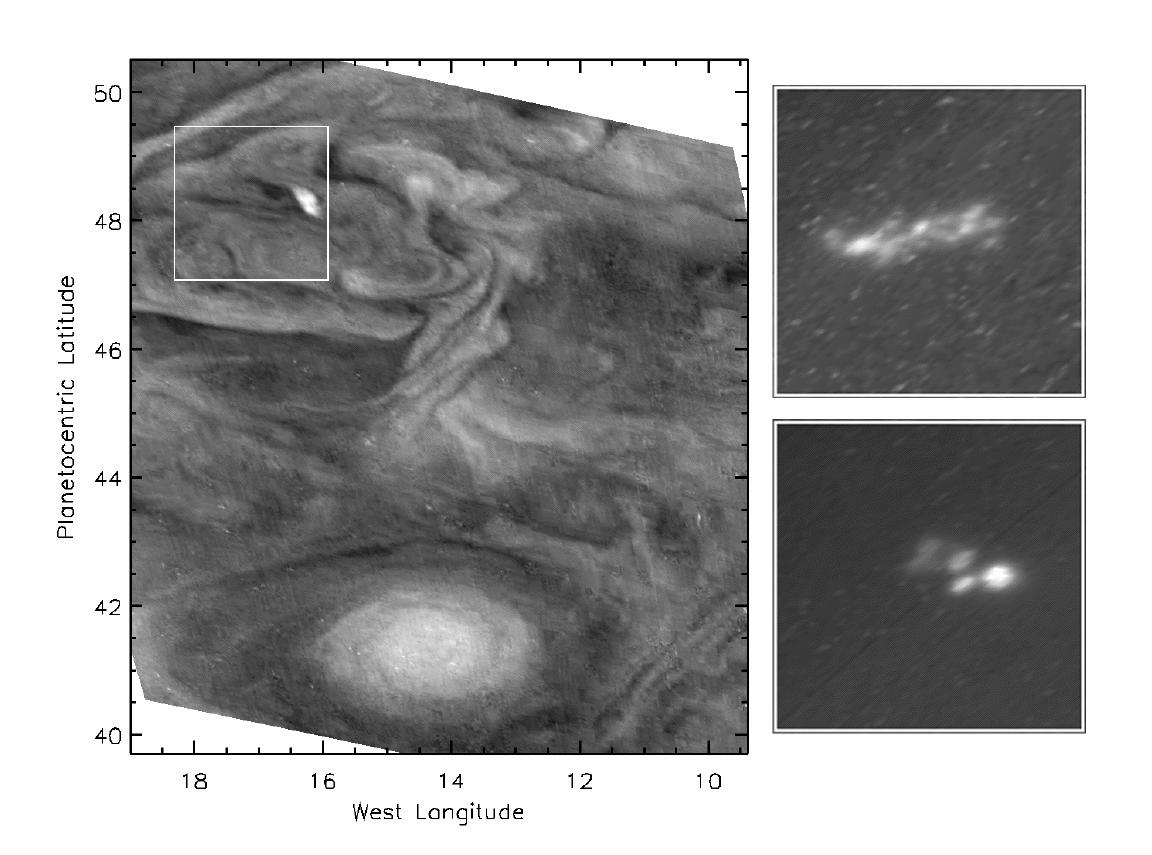
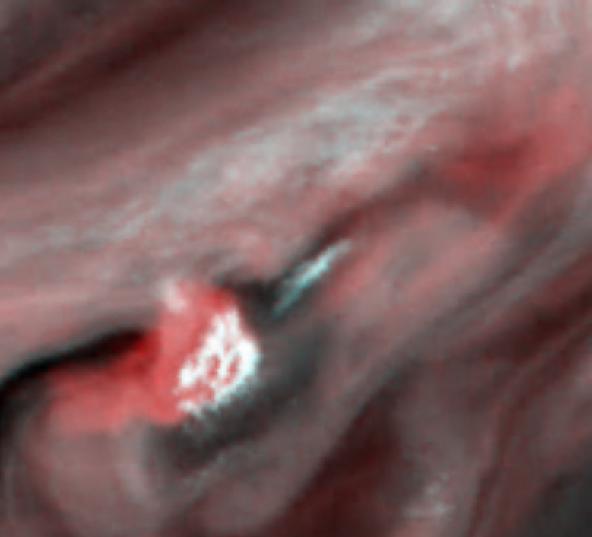
| Flybys |
Pioneer 11 (1973), Voyager 1 (1977)
& 2 (1977) |
| Orbiters |
Cassini-Huygens
(1997) |
| Probes |
Huygens
probe (atmosphere of Titan) |
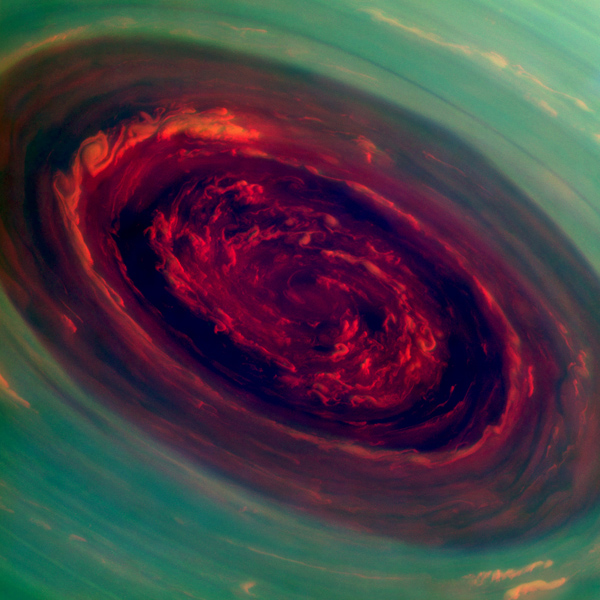
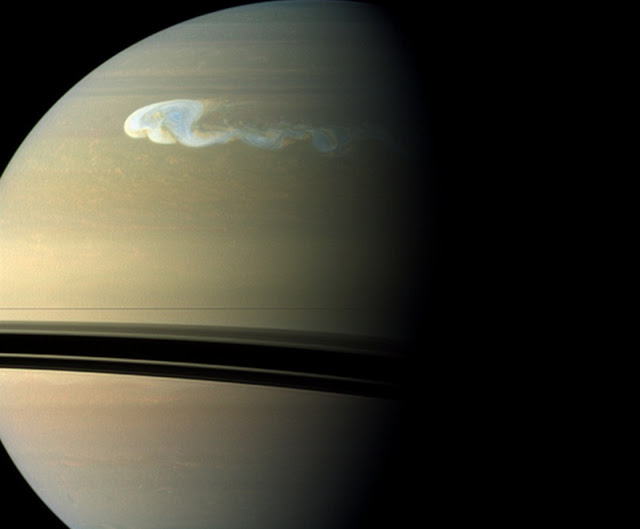 |
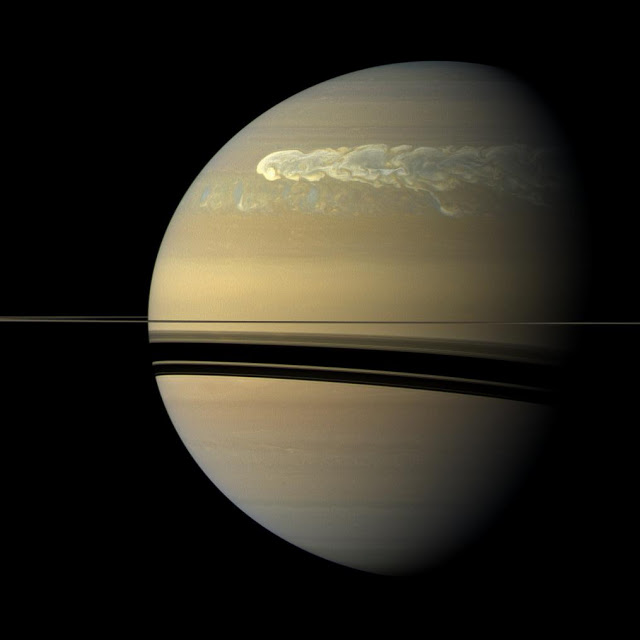 |
